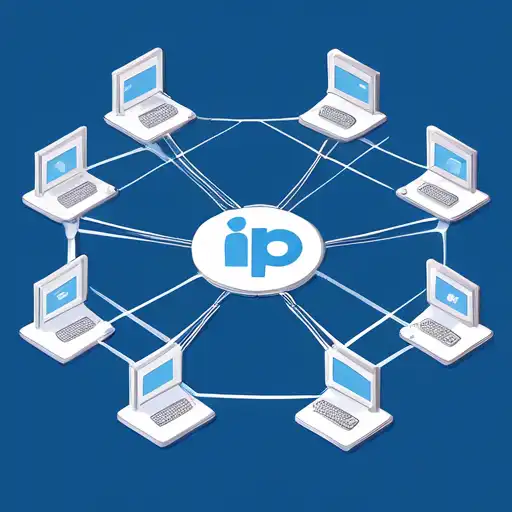Introduction to IP Addresses
In the vast world of networking, understanding IP addresses is fundamental. An IP (Internet Protocol) address is a unique identifier assigned to each device connected to a network. This allows devices to communicate with each other over the internet or local networks. In this guide, we'll explore the basics of IP addresses, their types, and how they function within networks.
What is an IP Address?
An IP address is a numerical label assigned to each device participating in a computer network that uses the Internet Protocol for communication. It serves two main functions: identifying the host or network interface and providing the location of the host in the network.
Types of IP Addresses
There are two primary versions of IP addresses in use today:
- IPv4 (Internet Protocol version 4): The most widely used version, consisting of four numbers separated by dots (e.g., 192.168.1.1).
- IPv6 (Internet Protocol version 6): Developed to deal with the long-anticipated problem of IPv4 address exhaustion, it uses a more complex format (e.g., 2001:0db8:85a3:0000:0000:8a2e:0370:7334).
How IP Addresses Work
IP addresses are the cornerstone of network communication. When you type a website address into your browser, your device uses the Domain Name System (DNS) to translate the domain name into an IP address. This IP address is then used to route your request through the network to the server hosting the website.
Static vs. Dynamic IP Addresses
IP addresses can be assigned in two ways:
- Static IP Addresses: These are permanently assigned to a device and do not change. They are often used for servers hosting websites or services.
- Dynamic IP Addresses: Assigned by a DHCP server, these addresses can change over time. Most home networks use dynamic IP addresses.
Why Understanding IP Addresses is Important
Understanding IP addresses is crucial for anyone involved in IT, networking, or even general internet use. It helps in troubleshooting network issues, setting up networks, and ensuring secure and efficient communication between devices.
Conclusion
IP addresses are a fundamental aspect of networking that enable devices to communicate over the internet. By understanding the basics of IP addresses, including their types and how they work, you can better navigate the complexities of modern networks. Whether you're setting up a home network or pursuing a career in IT, a solid grasp of IP addresses is essential.
For more information on networking basics, check out our guide on Networking Fundamentals.
